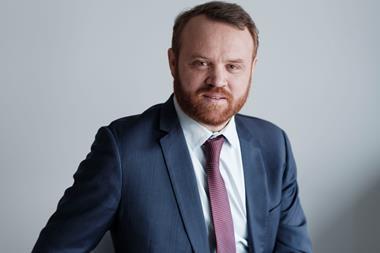Procrastination, an incorrect use of models and objectives that are too vague – these are the three main pitfalls for pension fund boards described by Martijn Vos and Alfred Slager in their new book ‘Decision making for pension fund boards’.
In the book, the pair aim “to help pension fund boards on a wide variety of issues”, according to Vos, chief operating officer at consultancy Ortec Finance.
“Whether it’s about investment policy, making an indexation decision or dealing with longevity risk. The intention of our book is to provide guidance for all the decisions that pension fund trustees have to make,” he said.

Purpose
Slager, a professor of pension management at TIAS School for Business and Society, Tilburg University, and a trustee at the pension funds ABP, PME, Rail & OV and SNS Reaal, said: “Martijn and I have already written three articles together in the past few years: one about ALM [asset liability management], one about making decisions under stress, which we wrote following Brexit, and one about how to capture strategic themes in models. The latter is Martijn’s specialisation. I am an academic and pension fund executive.”
Vos added: “After we had written these three articles, Alfred said at one point: ‘We are going to make a book out of this’. So the three articles became the basis of it. To decline [that idea] was not an option.”
Slager said: “The first version of the book was about 130 pages long. After we finished it, we published a request on LinkedIn asking people to comment on our draft. That yielded more than a hundred responses, including from pension fund trustees. These enabled us to add many real-life examples to the text.”
Vos mentioned the incorrect use of models. “In the book we explain what you should and should not use models for. In practice, you often see that models are misused for things they are not actually intended for, especially if the results from such a model are pleasing to the board.”
The reverse also happens, he added. “If the model does not give the desired outcome, it is sometimes dismissed as a huge oversimplification of reality. The solution is to make sure beforehand that you don’t have such an escape. A board has to determine in advance exactly what they want to use a model for, and then stick to this.”
Slager also noted another important point discussed in the book is formulating concrete objectives.
”As a pension fund, you should formulate very sharply what outcomes you want to achieve. An example is indexation: What inflation does the fund exactly want to compensate, for whom and how? You must also always work out equivalent alternatives, preferably two or four so that you don’t just choose the middle one out of convenience,” he stated.
Vos said that another point raised in the book is that pension funds often find it difficult to make decisions.
“Often fund boards do know that the policy is not entirely optimal, but decide to wait a little longer. It is also especially difficult to determine when to revisit a previously made decision. We recommend determining that in advance too. And pension funds must realise that leaving a policy unchanged is also a decision,”Vos said.
This article was first published on Pensioen Pro, IPE’s Dutch sister publication.























No comments yet